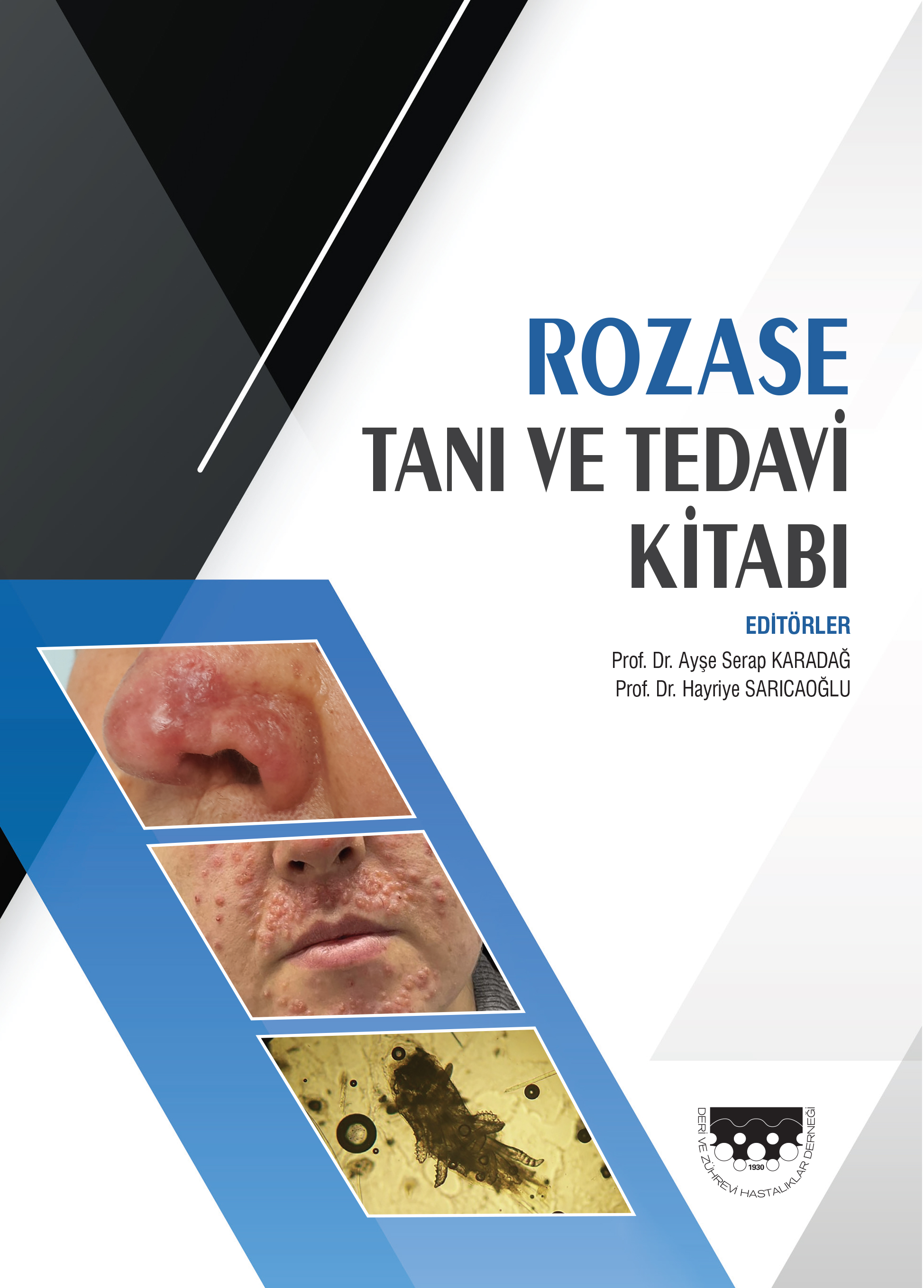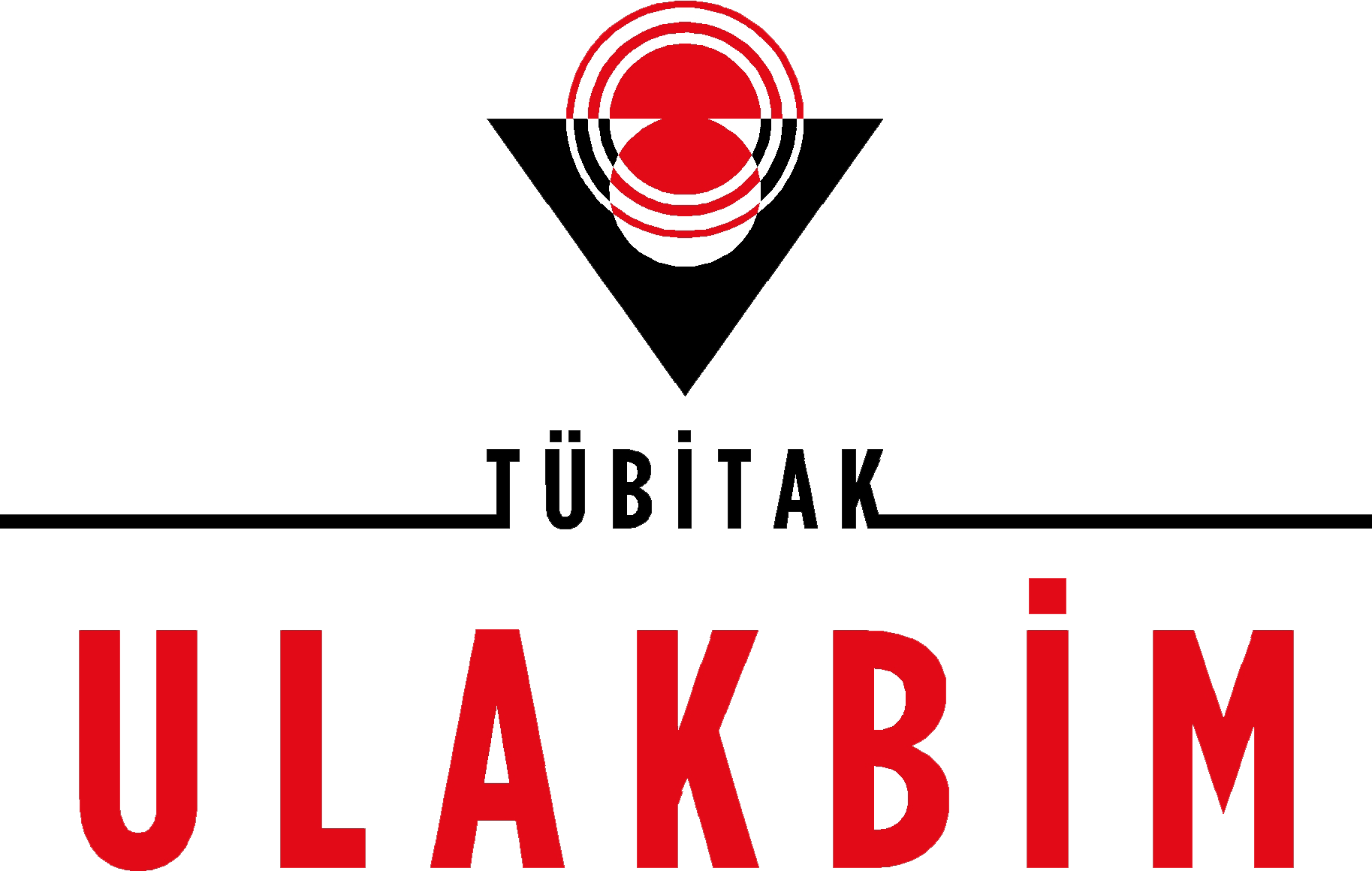Volume: 57 Issue: 4 - 2023
| 1. | Cover Pages I - VII |
| ORIGINAL INVESTIGATION | |
| 2. | Clinical and dermoscopic evaluation of the efficacy of 1064 nm Q-switched Nd: YAG laser treatment of Nevus of Ota Snuhi Bhuiya, Chinjitha T Davis, Suchibrata Das, Arun Achar doi: 10.4274/turkderm.galenos.2023.99725 Pages 132 - 137 Background and Design: Nevus of Ota is a hamartoma that present since birth or within the first year of life. Most patients suffer from depression, and laser has become the first-line treatment for this difficult-to-treat condition. There are hardly any studies regarding dermoscopic changes of the Nevus of Ota treated with Nd: YAG laser from Eastern India. This study aimed to evaluate the effectiveness, safety and side effects of 1064 nm Q-button Nd: YAG laser treatment together with dermoscopic changes in patients with Nevus of Ota. Materials and Methods: This was a prospective observational descriptive study conducted for a period of one year in a tertiary care hospital. We included clinically diagnosed Nevus of Ota patients aged over 18 years. Exclusion criteria were acute infection or chronic diseases, pregnancy or lactation, and history of any treatment with laser or chemo-peeling. Thirty-two cases were included in the study. Photographs and dermoscopic examinations were done at every session for an average of six sessions at an interval of four to six weeks. The response to treatment was graded based on the physician's global assessment scale, and appropriate statistical tests were done using SPSS 18. Results: Very good results with >75% improvement were seen in 12.5% of patients, and a good response i.e., 50-74% was seen in 59.37% of patients. An average response (25-49%) was seen in 18.75% of patients, while a poor response with <25% improvement was found in 9.37% of patients. After completion of laser sessions, dermoscopy was done again to compare changes, but there were no significant changes except a slight lightening of the brown-grey patchy distribution and fewer brown-grey dots. There were no changes in terminal hair, serpentine vessels, and scaling. Conclusion: Most patients noted satisfying improvement after an average of six sessions of Nd: YAG laser therapy. Studies with a greater number of sessions can be conducted, and they may yield more improvement. |
| 3. | Clinical and dermoscopic assessment of patients with hypopigmented skin lesions - a cross - sectional study Manisha Mareddy, Mamatha P., Sruthi Kareddy doi: 10.4274/turkderm.galenos.2023.53810 Pages 138 - 144 Background and Design: Hypopigmentation refers to any form of decreased pigmentation and depigmentation. The study aims to evaluate the use of a dermatoscope in diagnosing cases of hypopigmented skin lesions. Materials and Methods: A total of 123 patients with hypopigmented skin lesions attending the dermatology outpatient department of a tertiary hospital were selected for the study. Dermoscopy was performed using DermLite-DL4 dermatoscope on hypopigmented lesions. Results: In vitiligo, a white glow on a white background with absent or reduced pigment network was characteristic. The characteristic pattern in Tinea versicolor was hypopigmented macules with a decreased pigment network against a brownish-white background and double-edged scales that furrowed in the skin lines. Idiopathic guttate hypomelanosis displayed a reduced pigment network with white structureless areas. Illdefined margins with uniformly reduced pigment networks against a brownish-white background with minimal white scales were characteristic of pityriasis alba. Follicular plugs, telangiectasias, rosette appearance, and peppered arrangement of grey-blue and brown globules are specific for lichen sclerosus ET atrophicus. Nevus depigmentosus showed a reduced reticular pigment network and feathery margins. Progressive macular hypomelanosis showed abrownish-white background, reticular pigment network, and minimal white scales in the skin lines. Ring scales and reticular pigment network were characteristic of polymorphous light eruption. Hypopigmented patches of leprosy showed a distorted light brown pigment network with a brownish-white background with minimal white scales, reduced eccrine and follicular openings, short broken hairs, v-shaped hairs, and pigtail hairs. Post-inflammatory hypopigmentation showed hypopigmented macules with decreased pigment network, white glow, perifollicular pigmentation, and peppered arrangement of grey-blue and brown globules. Chemical leukoderma is characterized by hypopigmented macules with blotchy erythema and grey granular dots. Hypopigmented lesions of systemic sclerosis revealed white homogeneous areas with perifollicular pigmentation. Conclusion: This study showed hypopigmented skin lesions might exhibit characteristic and specific dermoscopic features. When correlated with history and clinical examination, dermoscopy aids in diagnosing hypopigmented lesions and obviating the need for biopsy. |
| 4. | Evaluation of the risk factors for Maskne: Mask-use habits and facial care habits Zeynep Altan Ferhatoğlu, Defne Özkoca doi: 10.4274/turkderm.galenos.2023.37791 Pages 145 - 150 Background and Design: Maskne has become a problem since the beginning of the coronavirus disease-2019 pandemic and it is a common diagnosis in the everyday practice of dermatologists. This study aims to determine the risk factors of maskne, which is a type of mechanical acne; and to determine its impact on the quality of life. Materials and Methods: A total of 105 patients with acne complaints were included in this prospective study. The daily mask use habits and facial routines of the patients, along with their age, gender, skin type, disease severity (calculated by Global Acne Evaluation Scale), and the impact on quality of life (evaluated by the Acne-Specific Quality of Life questionnaire) were noted. Results: Maskne severity was independent of the patients age, disease duration, duration of mask use, the daily number of masks used, mask type, using two masks at once; and the mask-ventilation or facial cleansing habits. Maskne risk increased with make-up frequency, whereas it decreased with the application of facial moisturizers. Quality of life decreases significantly due to maskne in female patients. Conclusion: Patients may be advised to regularly apply moisturizer to their faces and avoid the use of make-up to prevent maskne. In the presence of maskne, female patients may be willing to seek treatment more because their quality of life deteriorates more than that of the males. |
| CASE REPORT | |
| 5. | A case with Penile Mondors disease Hülya Cenk, Gülbahar Saraç, İrem Mantar Yanatma doi: 10.4274/turkderm.galenos.2023.45656 Pages 151 - 153 Mondors disease (MD) is a rare disorder characterized by superficial thrombophlebitis or subcutaneous venous thrombosis. It is commonly seen on the anterior chest wall. Penile Mondors disease (PMD) is seen less frequently than thoracic MD and presents as an indurated cord-like lesion along the vein tract. A 47-year-old patient presented to our outpatient clinic with a complaint of a painless, indurated, and suddenonset lesion on the penis shaft that lasted for 15 days. He was using systemic steroids and antidiabetics for pemphigus and diabetes. He had a cord-like lesion along the penis shaft, becoming more prominent by stretching the skin. He was clinically diagnosed with PMD, regressing spontaneously after 1-week of sexual rest. He denied other triggering factors except for strenuous sexual activity. In this case, we think that diabetic angiopathy and the prothrombotic effect of steroids may have contributed to the development of PMD besides vigorous sexual activity. We found it valuable to share because of its rarity. |
| 6. | Cutaneous leiomyosarcoma misdiagnosed as a keloid: A case report with dermatoscopy Seher Bostancı, Bengu Nisa Akay, Merve Alizada, Aylin Okçu Heper doi: 10.4274/turkderm.galenos.2023.09334 Pages 154 - 156 Cutaneous leiomyosarcoma (CLMS), with an annual incidence of 0.2/100,000, is a very rare non-melanoma skin malignancy. CLMS has two subtypes: Dermal (primary) and subcutaneous; when diagnosed in the early period, the prognosis in the dermal type is better. CLMS is generally seen in the 6th and 7th decades of life and more frequently in the lower extremities and head and neck. Trauma, radiation, chemicals, and sun rays have been reported as the factors involved in its etiology. Epidermal cysts, skin metastases, dermatofibrosarcoma pro-tuberans, and keloid should be considered in the differential diagnosis of CLMS, which usually manifests as a nodular lesion. In the presented case, the lesion, which developed over scar tissue was diagnosed as keloid and treated accordingly for four years. The pathologic examination of dermal CLMS (d-CLMS) in this patient, in whom diagnosis was delayed, revealed invasion of the subcutaneous fat tissue, which is among the poor prognostic factors. Herein, we present a case with d-CLMS, in which early recognition is vitally important, who was treated for an extended period as keloid, and we emphasize the differential diagnosis in CLMS and pathological and dermatoscopic features that, to our knowledge, are being reported here for the first time. |
| 7. | Extramammary Paget's disease: Report of two cases located on the vulva and penis Sibel Osman, Canten Tataroglu, Ekin Şavk doi: 10.4274/turkderm.galenos.2023.33576 Pages 157 - 162 Extramammary Pagets disease (EMPD) is a rare intraepithelial adenocarcinoma involving the epidermis and sometimes extends into the dermis. EMPD is most commonly seen in the intraepidermal primary form and rarely it occurs as a secondary form associated with malignancies. EMPD mostly occurs in areas such as vulva, penis, scrotum, perineum and axilla where apocrine glands are located. The most common site of involvement is vulva (65%). EMPD of male genital organs is less common, it accounts for 14% of cases. EMPD is a rare entity with very limited data in the literature and EMPD may occur in association with an underlying malignancy in adjacent organs. The diagnosis of EMPD is often delayed because of its non-specific features, its rarity, as well as the use of various treatments for dermatitis. The diagnosis and clinical management of EMPD is difficult. Biopsy should be taken from genital lesions unresponsive to treatment and histopathological examination, which is the basis of the diagnosis, should be performed. A detailed examination is necessary to detect an associated malignancy after diagnosis. Long-term follow-up of patients for regional lymphadenopathy, distant metastasis, local recurrence and development of internal malignancy form the basis of clinical management. |
| 8. | Molluscum contagiosum eruption in an adult patient using fingolimod and review of the literature Sibel Yavuz, Selami Aykut Temiz, Recep Dursun, Ali Ulvi Uca, Fahriye Kılınç doi: 10.4274/turkderm.galenos.2023.21447 Pages 163 - 166 Molluscum contagiosum is a self-limiting viral eruption characterized by umbilical papules on the skin. Extensive, chronic, and larger lesions may occur in case of immunodeficiency. Fingolimod therapy used for the treatment of multiple sclerosis (MS) can also lead to immunosuppression and promote the development of molluscum contagiosum and other opportunistic infections. In this article, we discuss a case of extensive long-term molluscum contagiosum infection in the face of an adult patient treated for MS with fingolimod (after the discontinuation of which Molluscum contagiosum regressed), as well as similar cases from the literature. |
| 9. | A case of onychomycosis caused by Aspergillus niger Seher Bostancı, Bengu Nisa Akay, Merve Alizada, Aylin Okçu Heper, Ebru Evren doi: 10.4274/turkderm.galenos.2023.11033 Pages 167 - 169 Between 2015 and 2018, a clear increase was noticed in the cases of onychomycosis in which species of Aspergillus were cited as the cause while stimulating studies have been conducted. With this case, we call attention to the increasing frequency of Aspergillus niger onychomycosis in recent years and highlight the options for diagnosis and treatment as well as the risk factors and clinical and pathological properties of the disease. |
| LETTER TO THE EDITOR | |
| 10. | An unusual variant: Photo-distributed pityriasis rosea Defne Başkurt, Pelin Ertop Doğan, Seçil Vural doi: 10.4274/turkderm.galenos.2023.75044 Pages 170 - 171 Abstract | |
| INDEX | |
| 11. | Subject Index Pages E1 - E3 Abstract | |
| 12. | Referee Index Page E4 Abstract | |
| 13. | Author Index Page E5 Abstract | |























